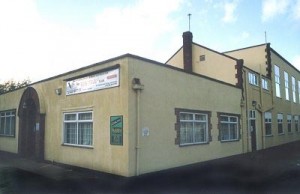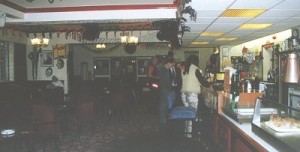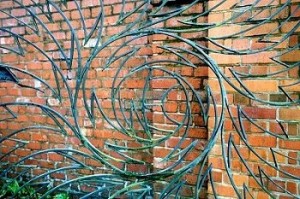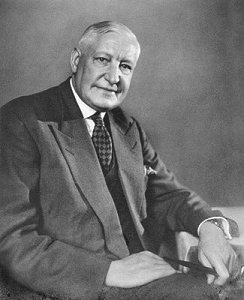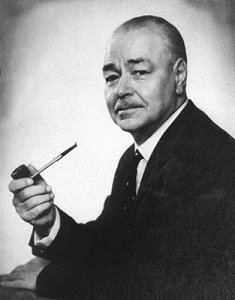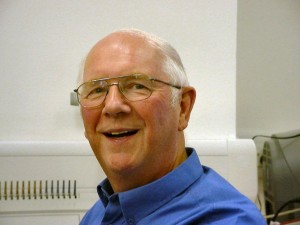Home » History
History
History of Wolverhampton Sports & Social Club 1946 to 2021
Wolverhampton Council’s Electricity Department had a social club in Temple Street above the Palais de Dance. They had taken over the premises from the ‘Star Aluminium’ social club. At That time it was known as the Wolverhampton M.E.B. Club
In 1946 the club bought their present premises in St. Mark’s Road, off Chapel Ash.
They purchased the premises from the ‘Wolverhampton Tennis and Squash Club’ who moved to their current premises in ‘Newbridge Crescent.’ The total cost was £4,700 which could not be met from the club’s funds and had to be raised by a whip round amongst members. What they got for their money was somewhat different to extensive buildings they now have.
Since then the club, now the ‘Wolverhampton Electricity Sports and Social Club,’ gradually extended the buildings to provide new facilities. There was a large new bar with a snooker room, for two tables, at the far end of it.
For a while the old club premises in Temple Street were kept on until the work on the lounge floor could be completed.
The two squash courts were knocked together and a floor put across half way up. In this way the bottom part could be used as a billiards room and the upper floor provided a large concert room and bar, named the Moreton Suite after one of the club’s early stalwarts. The most recent addition is a bungalow for the Steward.
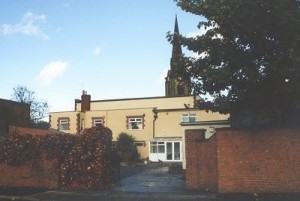
Clifton Street view, where the two tennis courts used to be. The roof of the new bungalow can just be seen to the left.
From 1946 onwards the club’s expanding premises provided a very wide variety of activities for its members. Apart from the concerts put on in the ‘Moreton Suite’ there were all sorts of other activities organized by different sections, including football, snooker, darts, dominoes, table tennis and dancing. The Wolverhampton Amateur Radio Society has met on the premises for over 30 years.
These wrought iron gates were specially commissioned in 1971 by the Club and are based on the Club’s, lightning bolt symbol. They were designed by Vince McHugh, the First Engineer (Planning) at the MEB.
When the MEB came into existence they asked for the deeds of the property. All of the other MEB clubs, in other parts of the Board’s area, were on MEB premises and the MEB assumed that the Wolverhampton Club was their’s too. They were very quickly disabused of this notion by Fred Elliott, who had been the last Manager of the Wolverhampton Electricity Department and was now a District Manager. He had opposed nationalisation, and was no supporter of the MEB’s policies. He won the day and the club maintained its independence.
Mr. Thorpe, the Chief Accountant, was also a club regular. Together with Fred Elliott they made their objections known to the MEB, and were able to prove that the club was an independent body and that the deeds of the property were therefore in the name of the club: it belonged to its members not the MEB.
In due course the MEB was taken over by Norweb and then by GPU UK, who stopped paying their subsidy and stopped collecting employees’ subscriptions. It was at that time the Club revised its rule book which, amongst other things, simplified the membership structure and, in effect, further weakened the link with the electricity industry and allowed non MEB employees to take office and play an active part in the government of the club.
From this time the club was officially named as ‘Wolverhampton Electricity Sports and Social Club’ but was also named affectionately by the many members and local people as ‘The Electric Club’
After a period of difficulties in the late 1980’s due to many of the old guard MEB stalwarts retiring or passing away. The club elected its first non M.E.B. chairman.
In the early 1990s Mr Roger Bennion took over the chairmanship and general administration of the clubs affairs and guided it from a very weak financial footing to a period of growth and success which is continuing up to the present time.
Roger was a committee member for 36 years with 14 years as Chairman. He retired from the general administration of the clubs affairs, but maintained an active advisory role as one of the Trustee’s. Unfortunately Roger passed away in June 2018.
In conclusion, the general outlook for the club predicts a bright future with many the advantages that are evident in the general development of the area around Chapel Ash and in the prominent position the club holds can only promote an expanding membership together with more improved facilities to meet the changing mood of the times.

